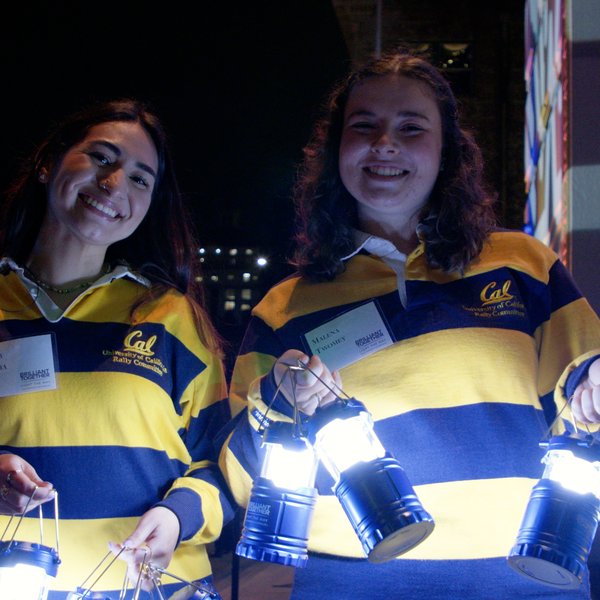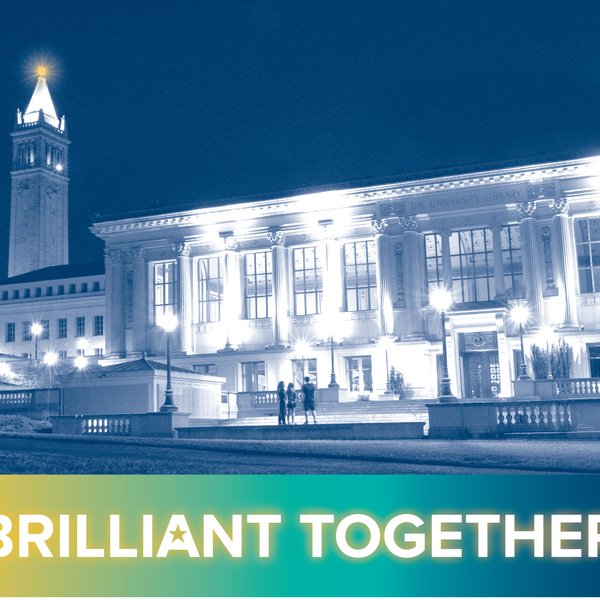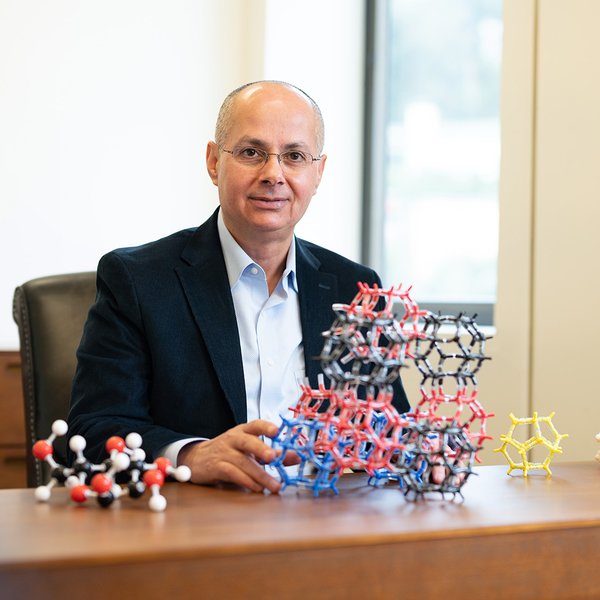In the midst of the American Civil War, with our country’s future in peril, President Abraham Lincoln signed an act granting land to every state, the sale of which would be used to create a public university. The act was built on a simple but revolutionary idea — that college should be available to everyone — and was central to preserving our democracy and giving life to our nation’s educational system.
With its new funds, California created a public college dedicated to the agricultural, mining, and mechanical arts — but it had no campus. Meanwhile, a private liberal arts college had buildings in Oakland and land in what would become Berkeley — but no money. Henry Durant, a trustee of the private college, envisioned merging the two institutions.
On March 23, 1868, Governor Henry Haight signed the charter that gave birth to the University of California. It opened to 40 students the following year and moved to Berkeley in 1873.
Guided by the motto Fiat Lux, “Let there be light,” Berkeley’s duty is to bring new knowledge to light, to illuminate solutions for bettering the human condition, and to be a beacon of opportunity for promising young minds and top faculty. In this issue, we celebrate 150 years of light — and a handful of influential people, places, movements, traditions, and discoveries that are facets of our extraordinary brilliance.
Visit 150.berkeley.edu for stories, a timeline, and more.
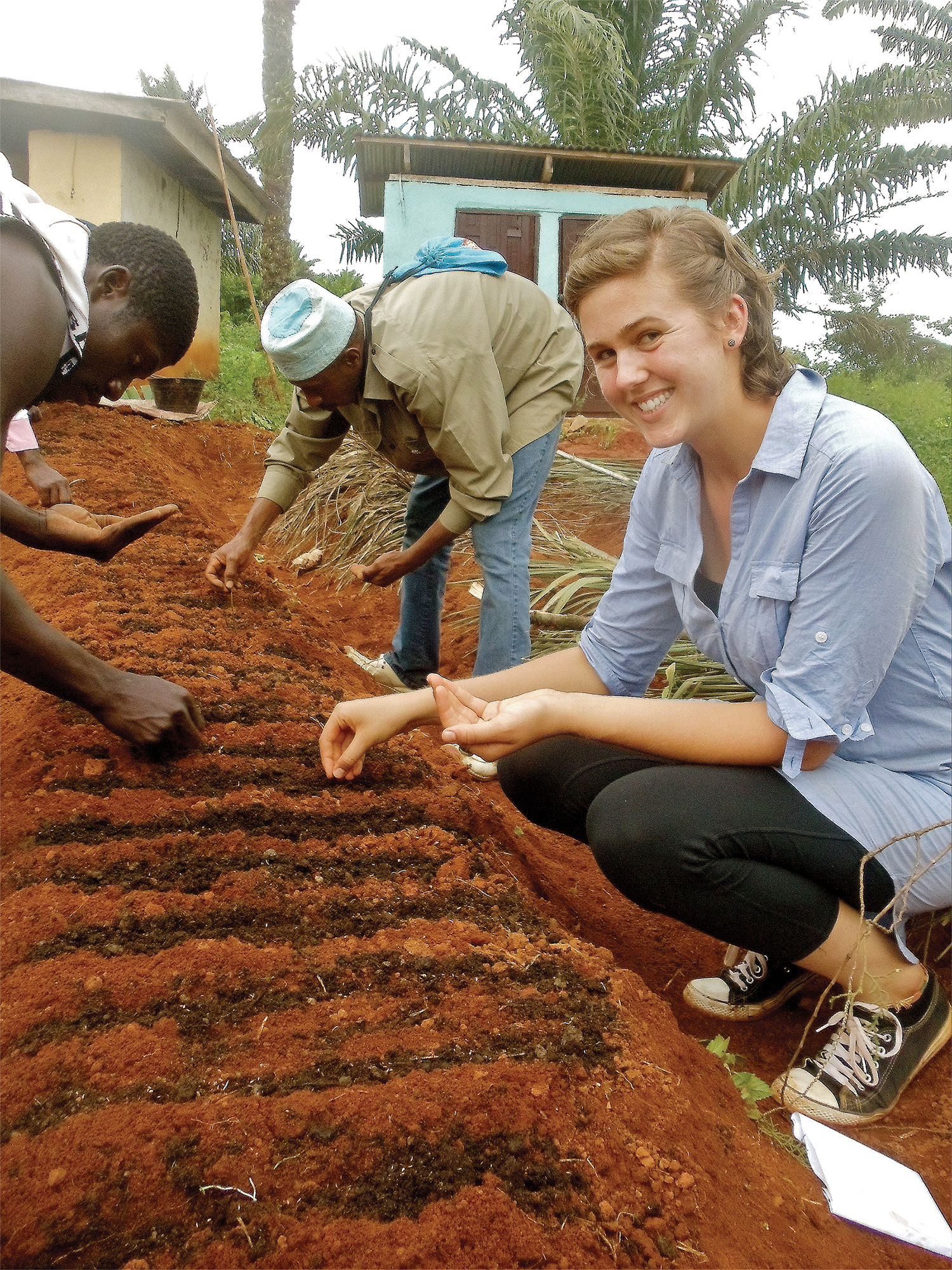
A Cal alum in the Peace Corps.
Service is part of our DNA. More than 5,000 students contribute to 250 organizations a year — a growing number as they seize the call to serve through their studies and other experiential opportunities. The desire to create a more equitable world doesn’t end at graduation. Berkeley has sent more alumni into the Peace Corps — over 3,700 since its founding in 1961 — than any other university.
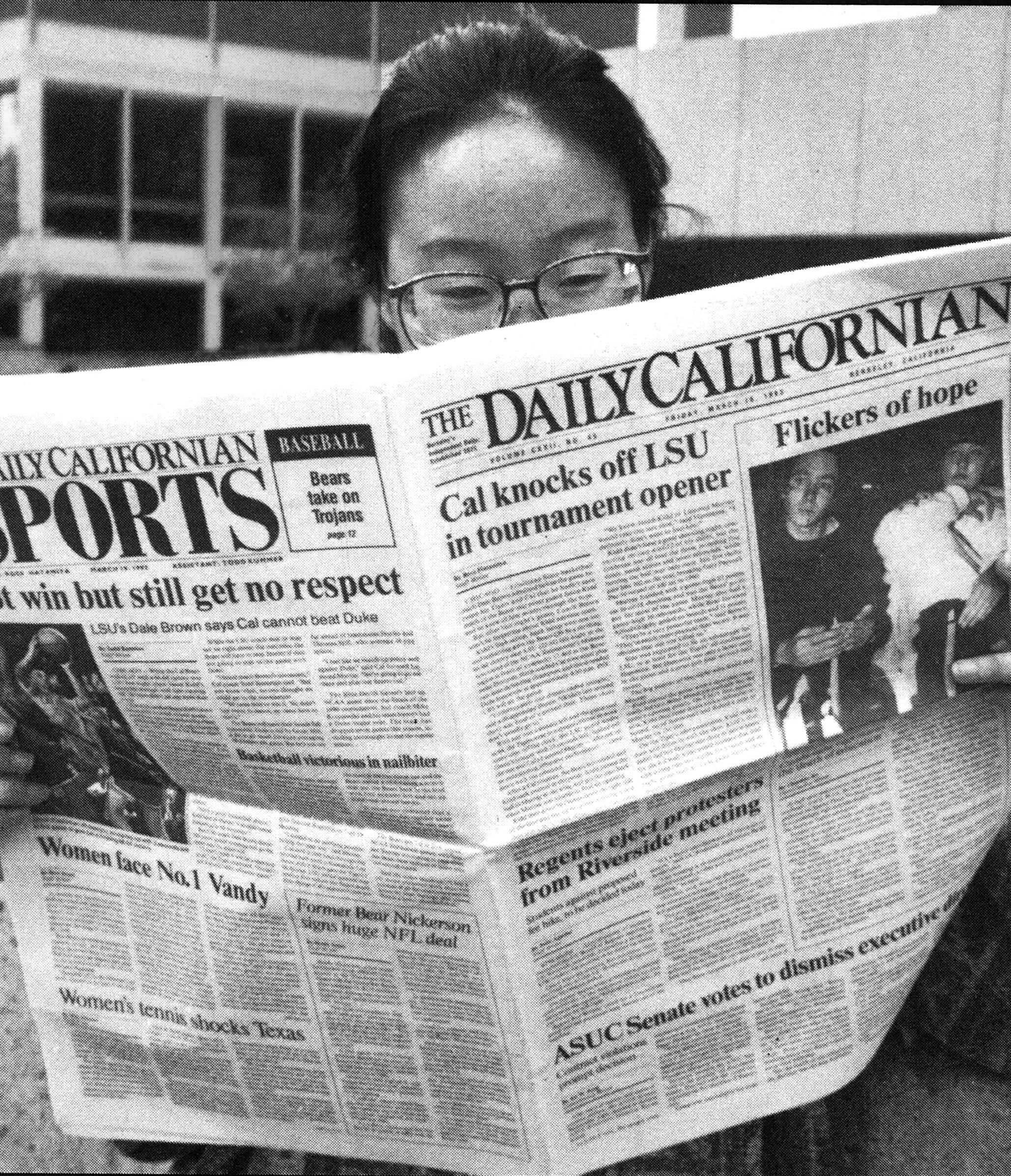
The Daily Californian has informed students for nearly 150 years.
The Daily Californian has served as the student voice and record of life at Cal since 1871. Like the university it covers, the paper is no stranger to controversy. In 1996, for example, nearly 23,000 papers were stolen on Election Day when the editorial board endorsed a contentious proposition. To restore relations, The Daily Cal established the country’s first college sex column — one of many innovations it has inspired.
"Without Berkeley, the world I know would have been narrowed, constricted, diminished: a more ordered and less risky world but not the world I wanted, not free, not Berkeley, not me.” — Joan Didion ’56, legendary essayist and novelist
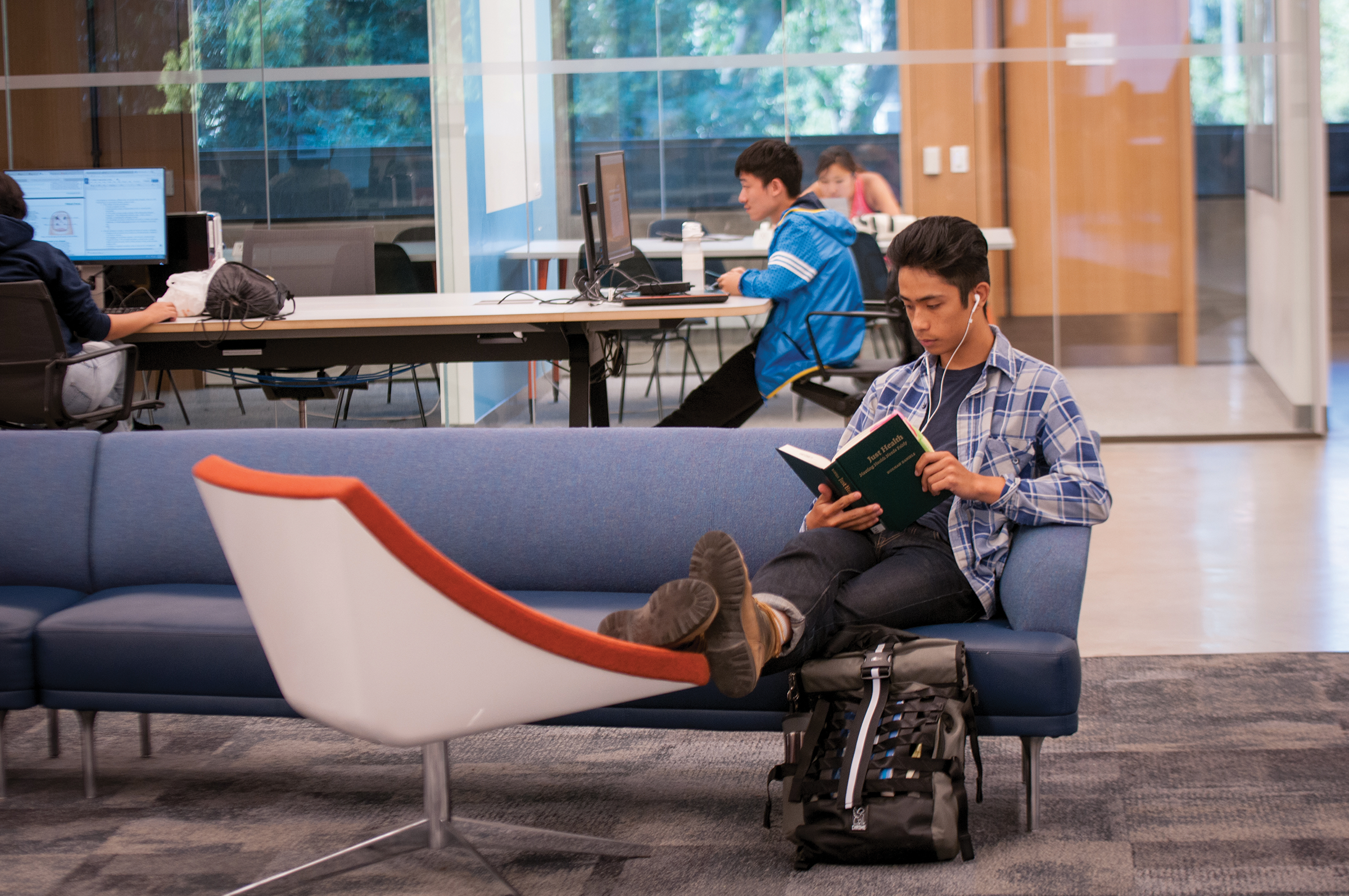
Moffitt Library is a primary study destination.
Doe Library, the embodiment of Berkeley’s early vision to become the “Athens of the West,” opened in 1911. There are over 20 libraries today, including the recently transformed Moffitt Library, a study hotspot for undergraduates. In addition to supporting solitary work, Moffitt also empowers the social, tech-savvy, 24-hour learning style of today’s students.
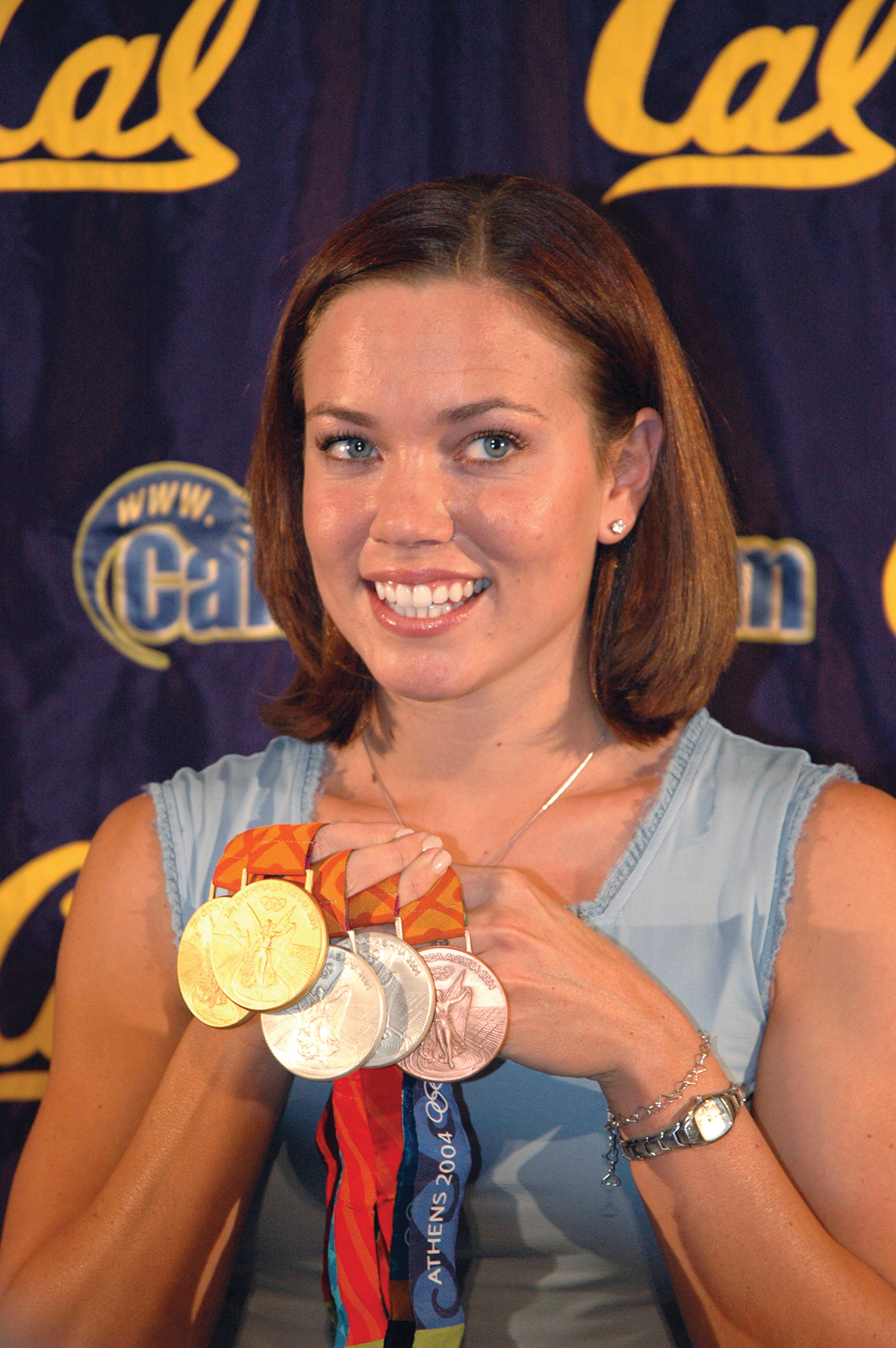
Swimmer Natalie Coughlin ’05 shows off her Olympic medals.
Cal’s first sports team was established in 1882. It was called football, but was what we know today as rugby. Today there are more than 850 student-athletes on 30 teams. Cal has secured 97 team national titles all-time in 15 different sports, as well as 298 individual titles. Over time, more than 300 Golden Bears have earned 207 Olympic medals.
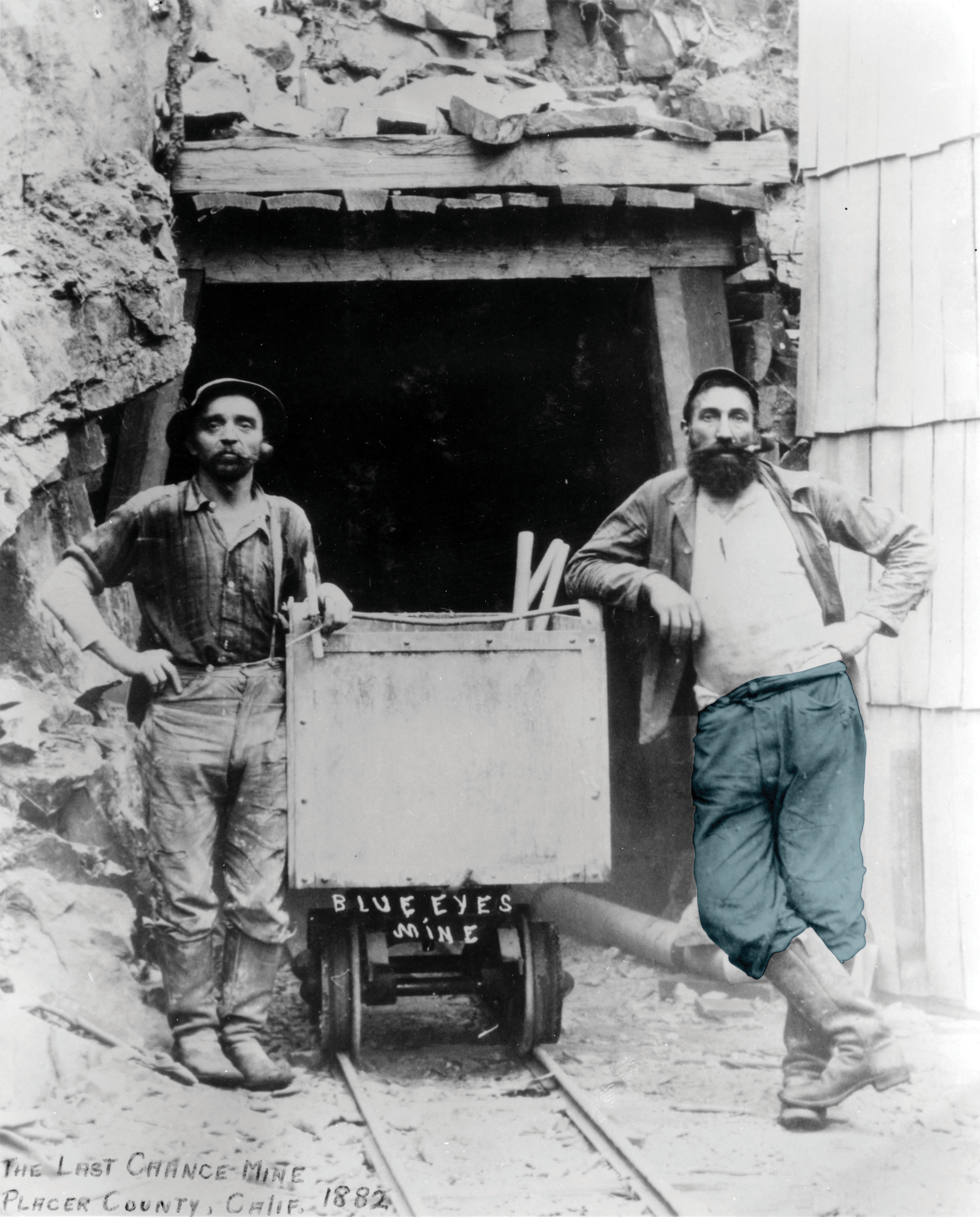
An historic photo of two miners in jeans, courtesy of Levi Strauss.
In 1897, Levi Strauss, co-inventor of the blue jean, endowed the first scholarships at Cal — 28 in all. Building on that legacy, scholarship support enables Berkeley to accept students based on their ability to achieve, not on their capacity to pay. In 2015–16, $41.9 million in privately funded scholarships supported 6,000 undergraduates, and $15.8 million in fellowships supported nearly 2,000 graduate students.
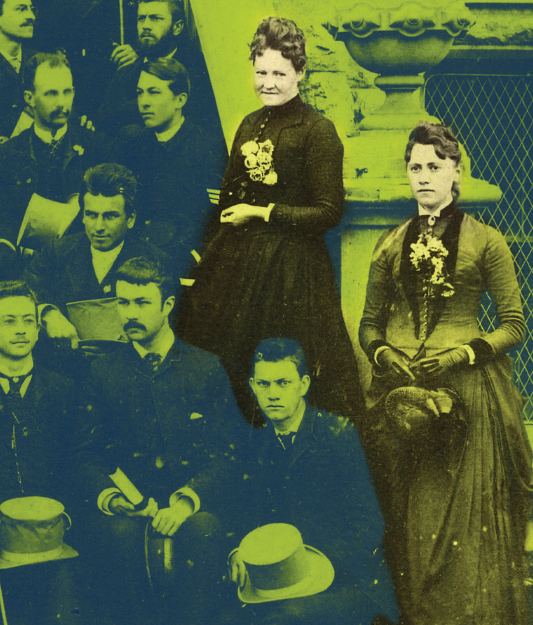
An historic photo featuring two of Cal’s earliest female students.
While most elite Eastern universities did not admit women until the late 20th century, the regents of the University of California voted unanimously in 1870 to admit women on an equal basis with men. When the university settled in Berkeley in 1873, 22 of the 191 students were women — and women who proportionally outranked men in scholarship within a few years. Rosa L. Scrivner, who studied agriculture, was the first female graduate in 1874.
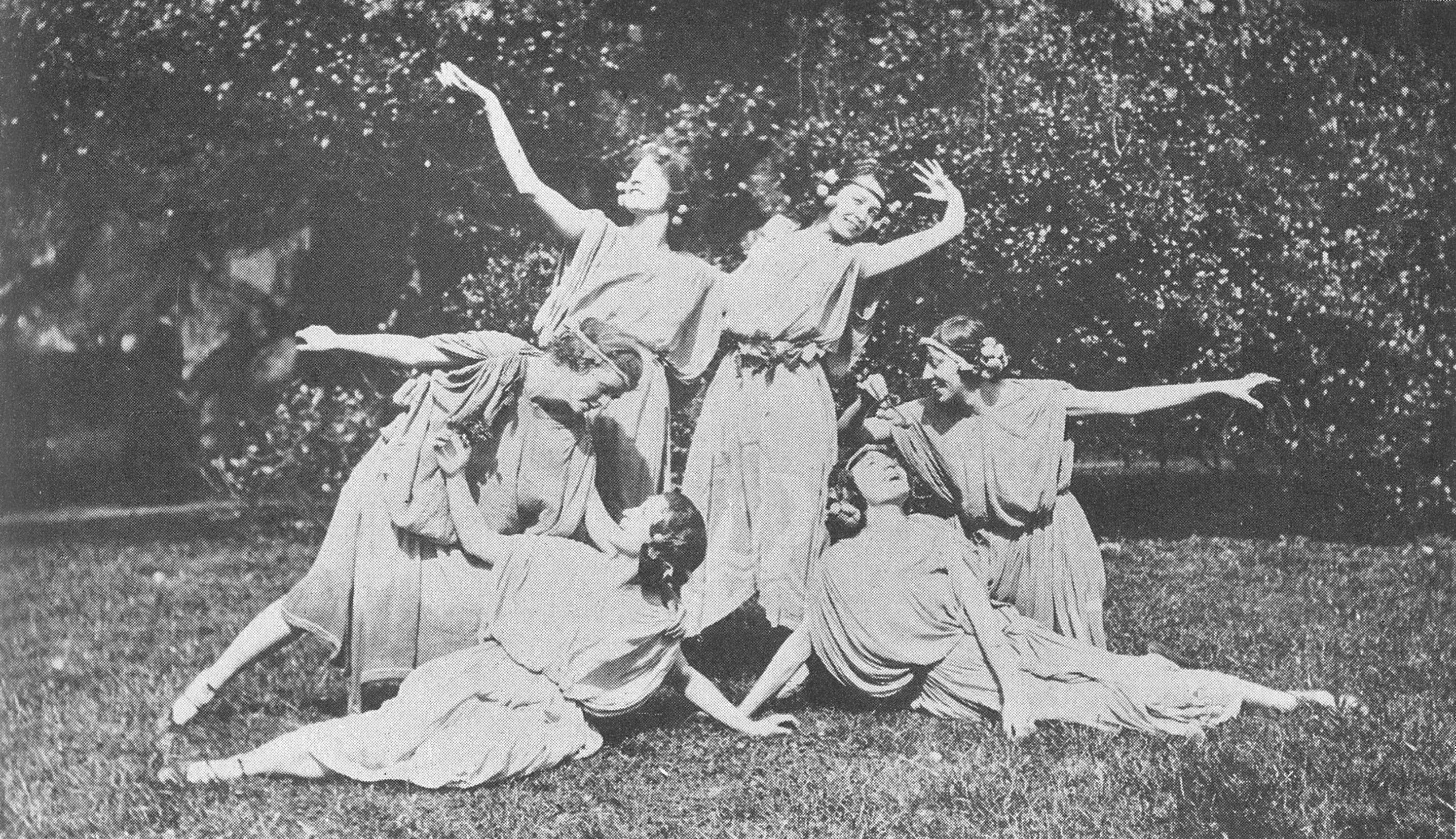
Women perform in Partheneia, an outdoor pageant.
Lucy Sprague, the first dean of women, was a boon to helping our earliest women students pursue an education and career. She also inspired them to coordinate their talents and create “something that would give them standing in their own eyes and… the community.” This led to the Partheneia, a yearly outdoor pageant of original works held between 1912−31.
“Berkeley changed my life. It changed my sense of the world.” — Carol T. Christ, Berkeley’s first female chancellor, 2017
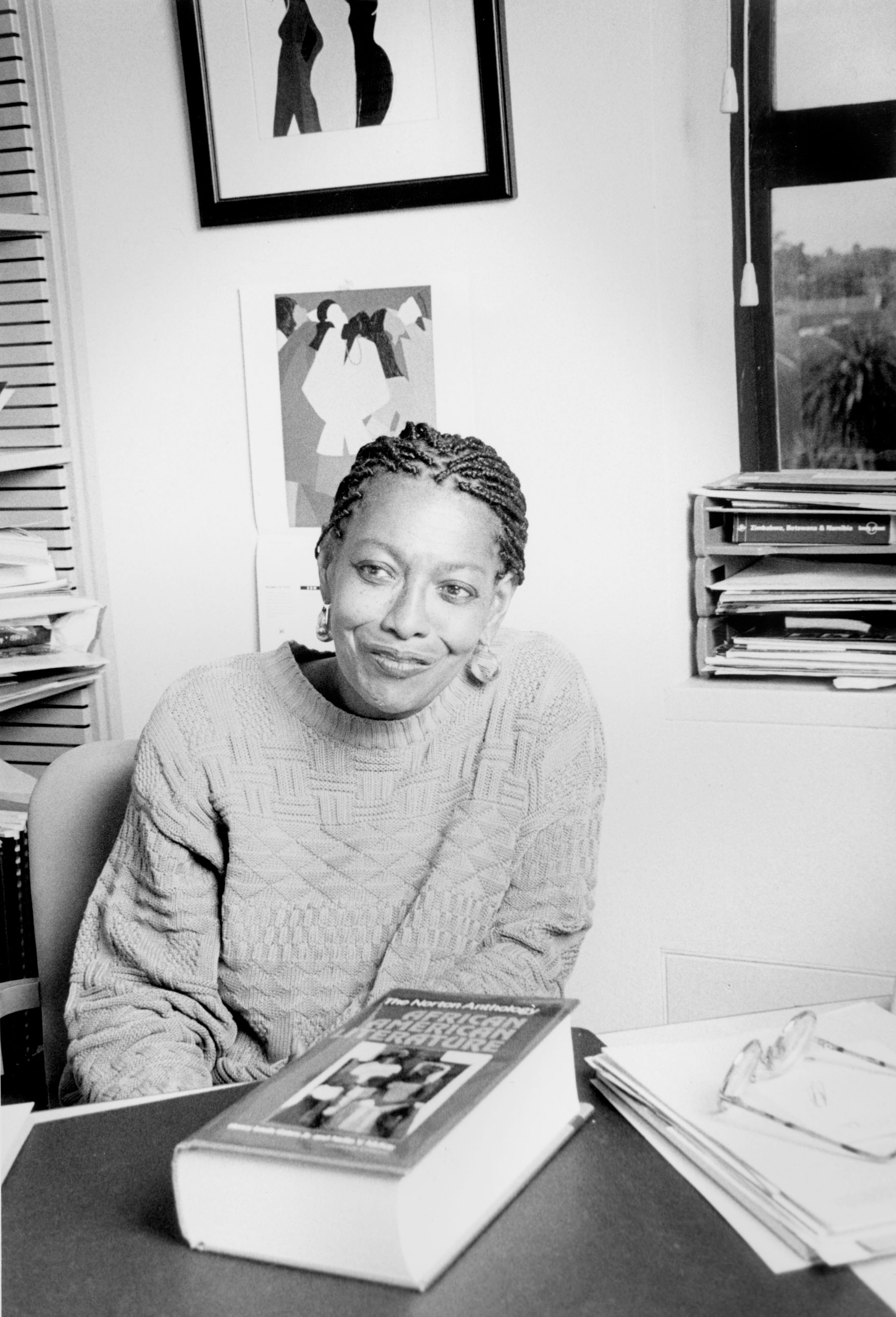
Barbara Christian
Perhaps no one did more to focus public and academic attention on black women writers, including Alice Walker and Toni Morrison, than Barbara Christian, a pioneering scholar of contemporary American literary feminism. A beloved teacher, Christian amassed a series of Berkeley firsts: the first black woman to be granted tenure (1978), to be promoted to full professor (1986), and to chair a department (African American studies).
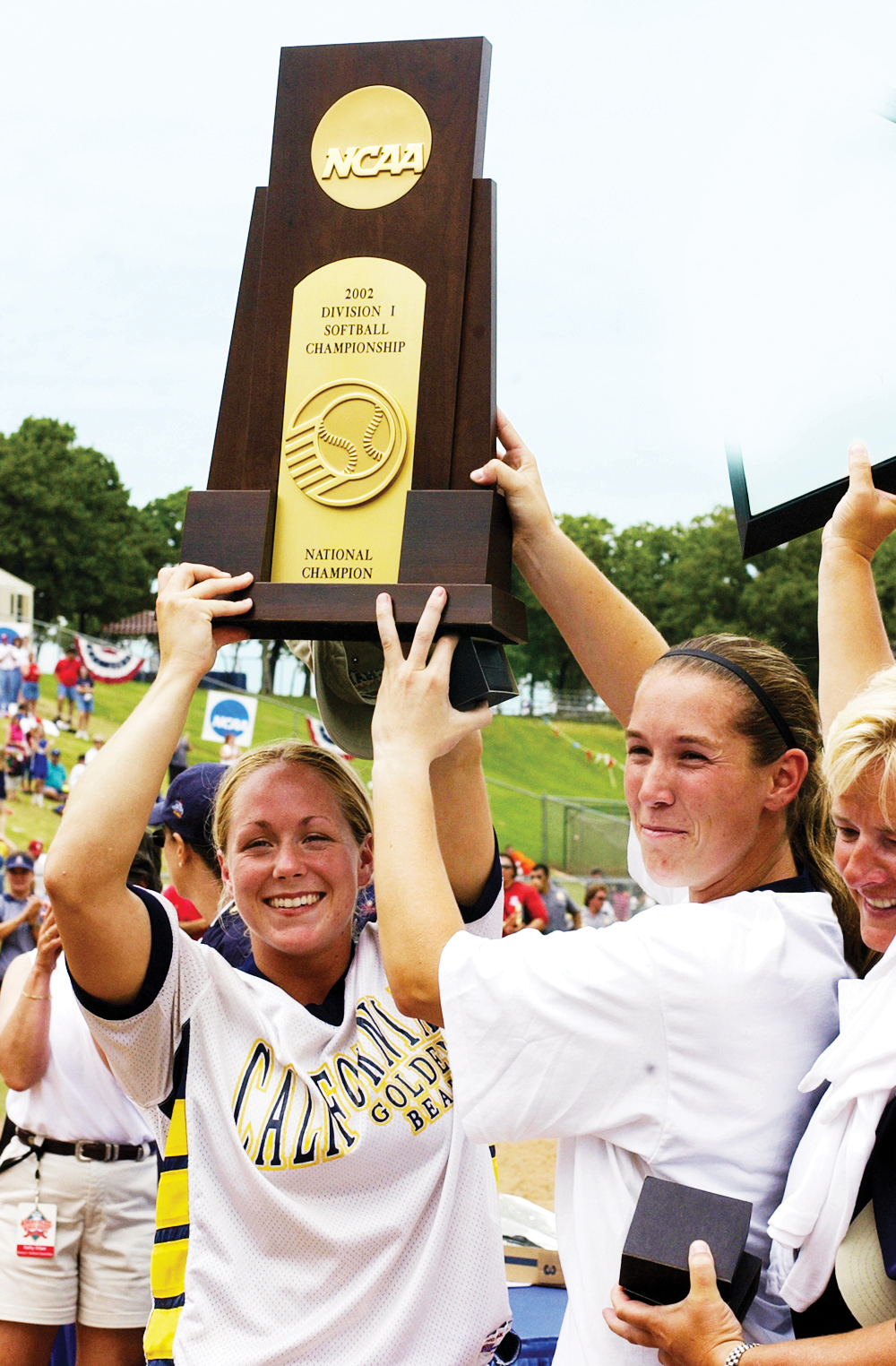
The Cal women’s softball team
While Cal began recognizing women’s sports at the varsity level in 1976, an 1876 effort to engage women in football spawned a legacy of spirited competition that has nurtured generations of winning athletes. The Pac-10 Conference began sponsoring women’s sports in 1986−7, and softball won Cal’s first NCAA women’s team title in 2002. Since then, Cal has won three women’s team titles in rowing and four in swimming and diving.
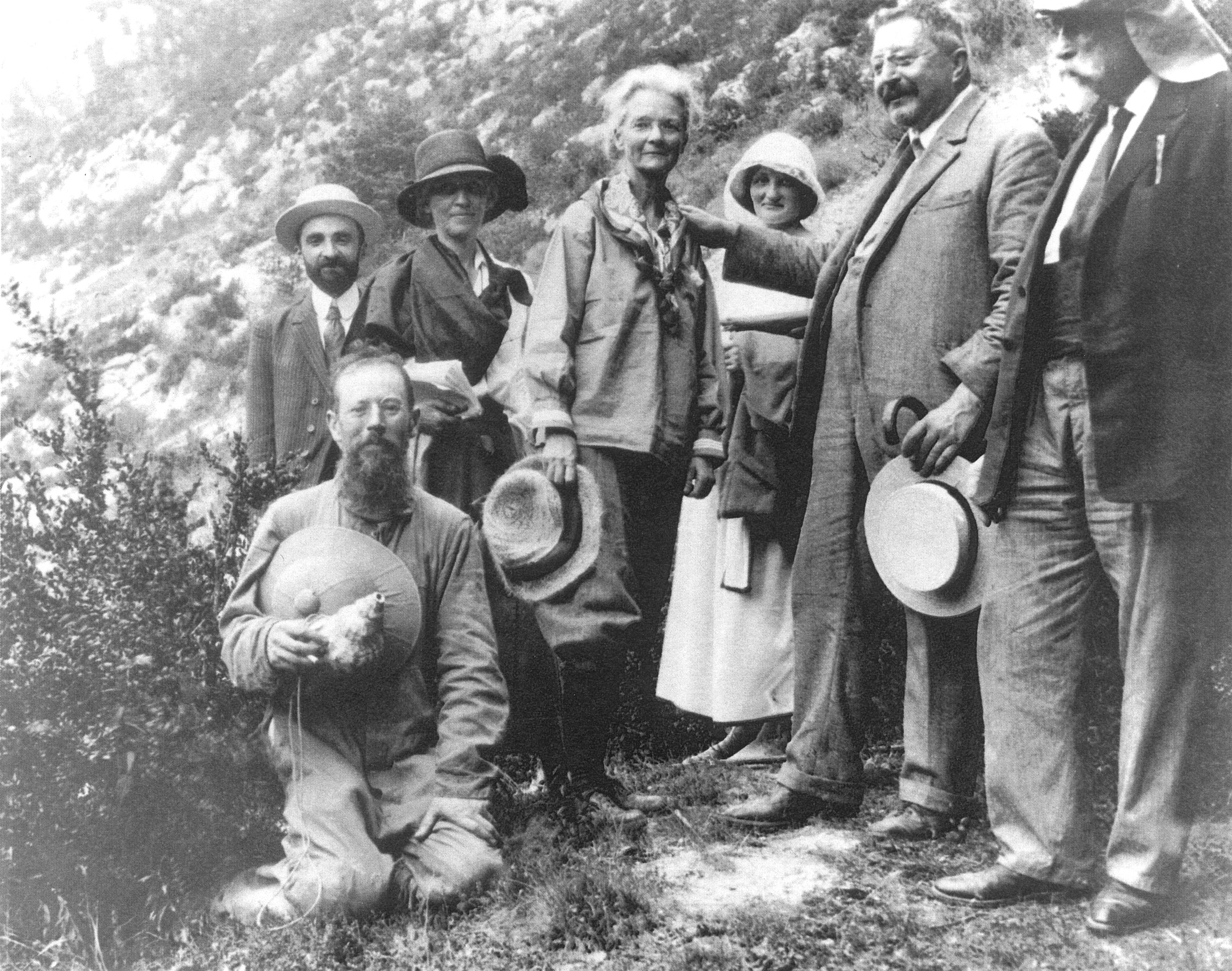
Annie Alexander stands in the center.
When Annie Alexander, the daughter of a sugar magnate, began taking paleontology classes in 1900, she offered to pay for the professor’s next fossil hunting expedition — as long as she could participate. Thus began her lifelong support of Berkeley’s natural history efforts. She underwrote and joined numerous expeditions, helped unearth some of the largest ichthyosaur skeletons ever found, and donated over 20,000 specimens to the university’s collections. She also helped found the Museum of Vertebrate Zoology (1908) and the Museum of Paleontology (1920).
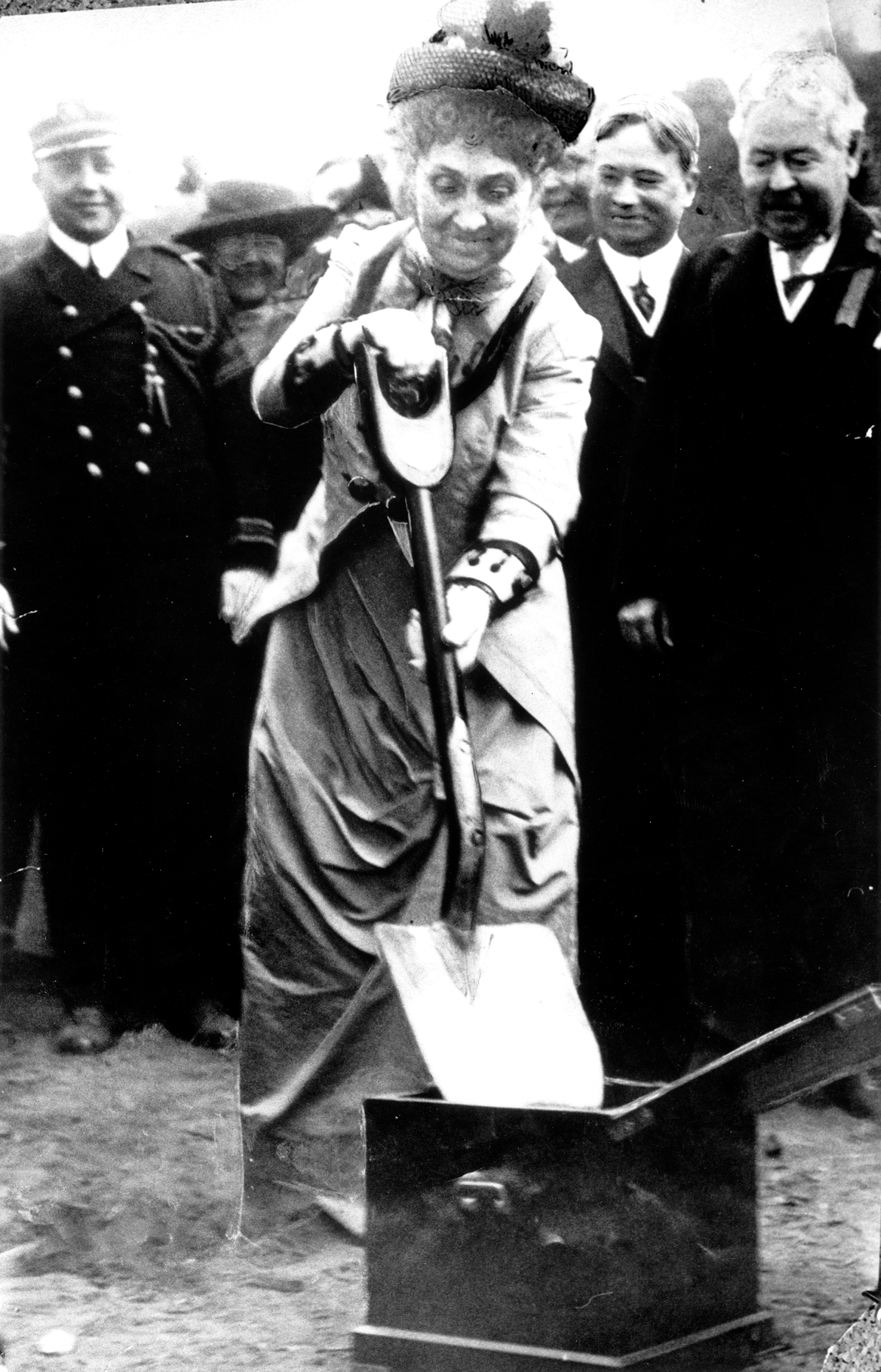
Phoebe Apperson Hearst
When an international architectural competition was announced in the 1890s to transform our undistinguished campus into a beautiful “City of Learning,” Phoebe Apperson Hearst emerged as the major donor. The competition ultimately led to the master plans for the campus, and Hearst left a significant legacy that includes the Hearst Mining Building and Hearst Gymnasium.
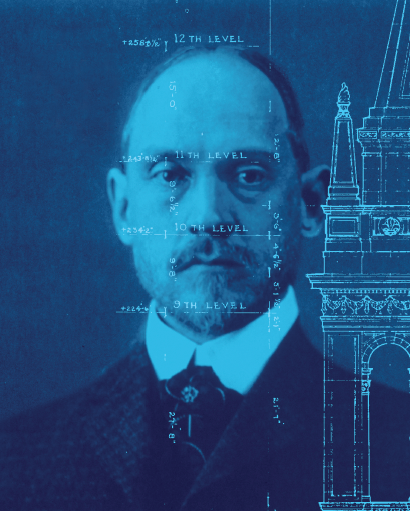
John Galen Howard
While his design did not win the architectural competition, John Galen Howard carried out the plan to build more than 20 formative structures. Doe Library, the Hearst Greek Theatre, and Benjamin Ide Wheeler Hall are just a few stately landmarks we still use and admire today.
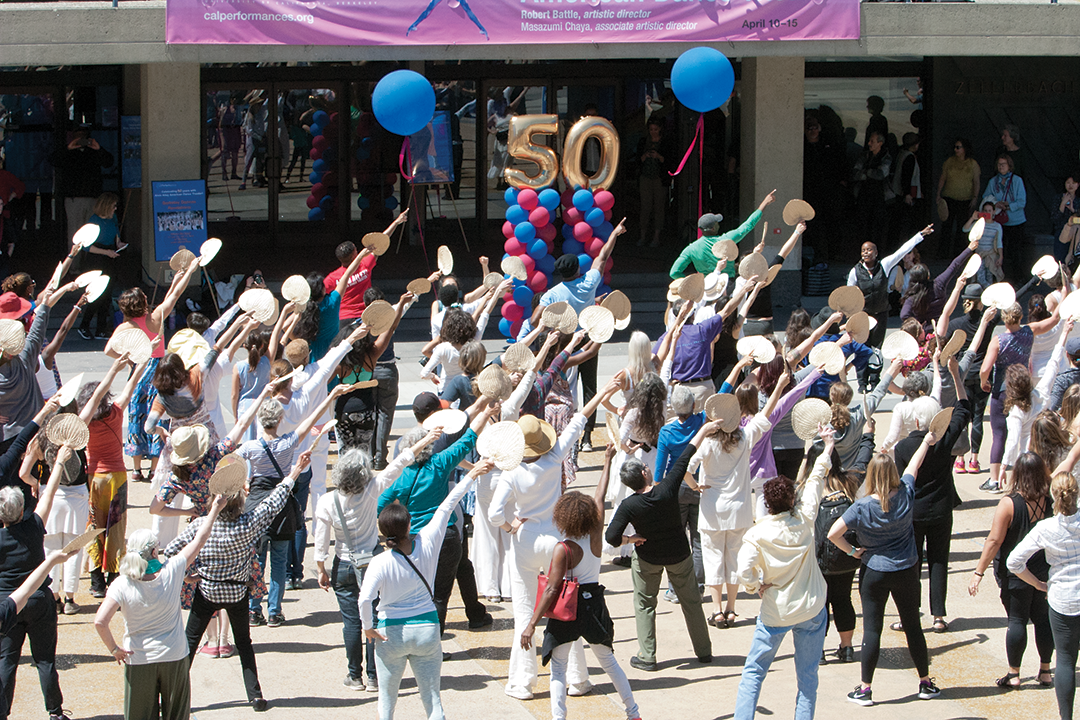
Alvin Ailey American Dance Theater teaches a community class.
Once a stark, empty space, Lower Sproul Plaza is now the beating heart of student life — due partly to a groundbreaking initiative in which students voted to raise their fees to help pay for its makeover. The new complex, completed in 2015, includes more spaces for meeting, studying, eating, dancing, and just hanging out.
“The pavement of Sather Gate throbs to the beat of the campus, and few who enter through those portals escape the fascination of Berkeley.” — Daniel E. Koshland Jr., eminent biochemist and tireless booster of the biological sciences at Cal
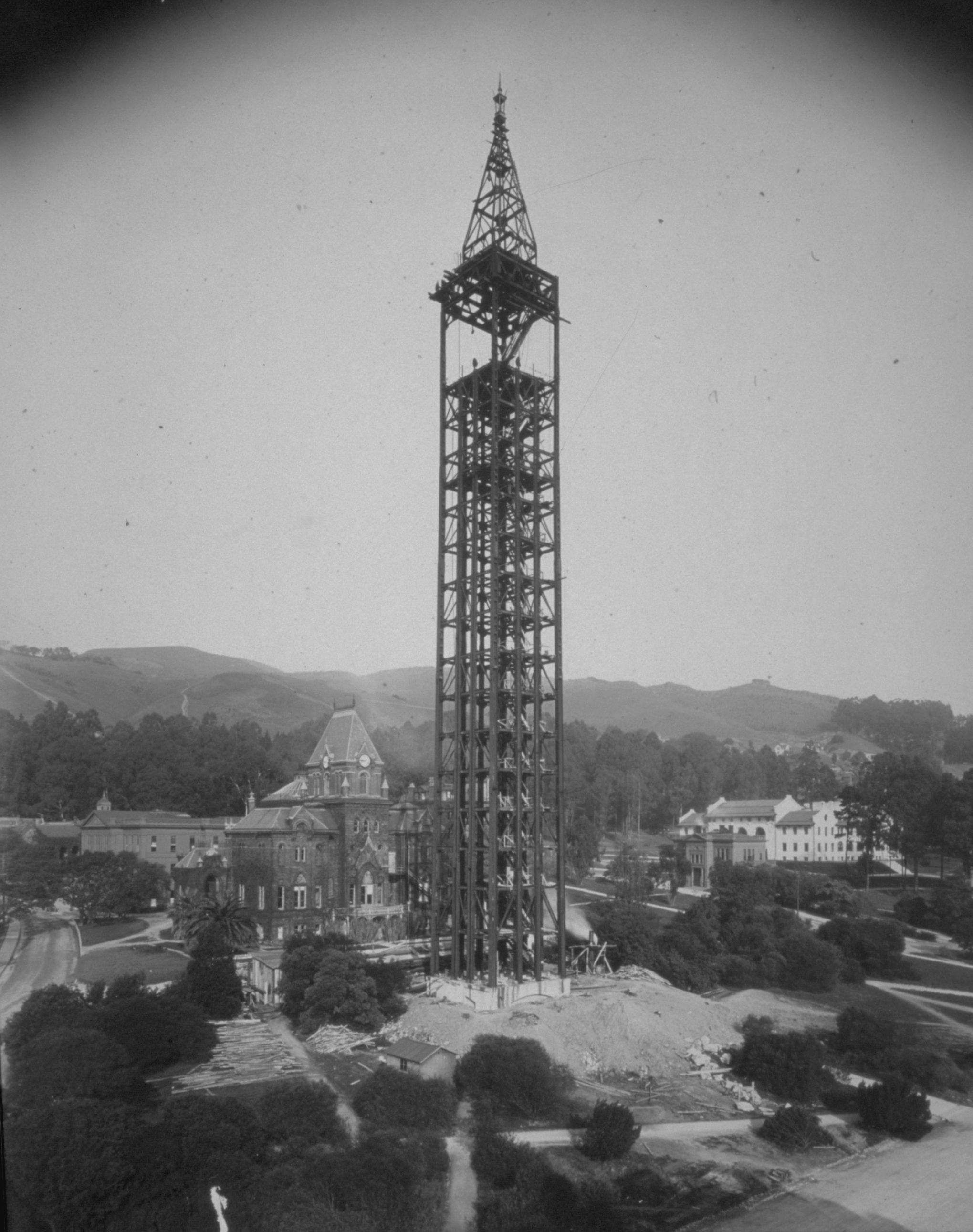
The Campanile under construction
Sather Gate and the Campanile, our most splendid icons, were the result of visionary gifts from Jane K. Sather. The Campanile, completed in 1915, today stands as a trusty landmark, music box, treasure trove of history, and symbol of Berkeley’s light in the world.
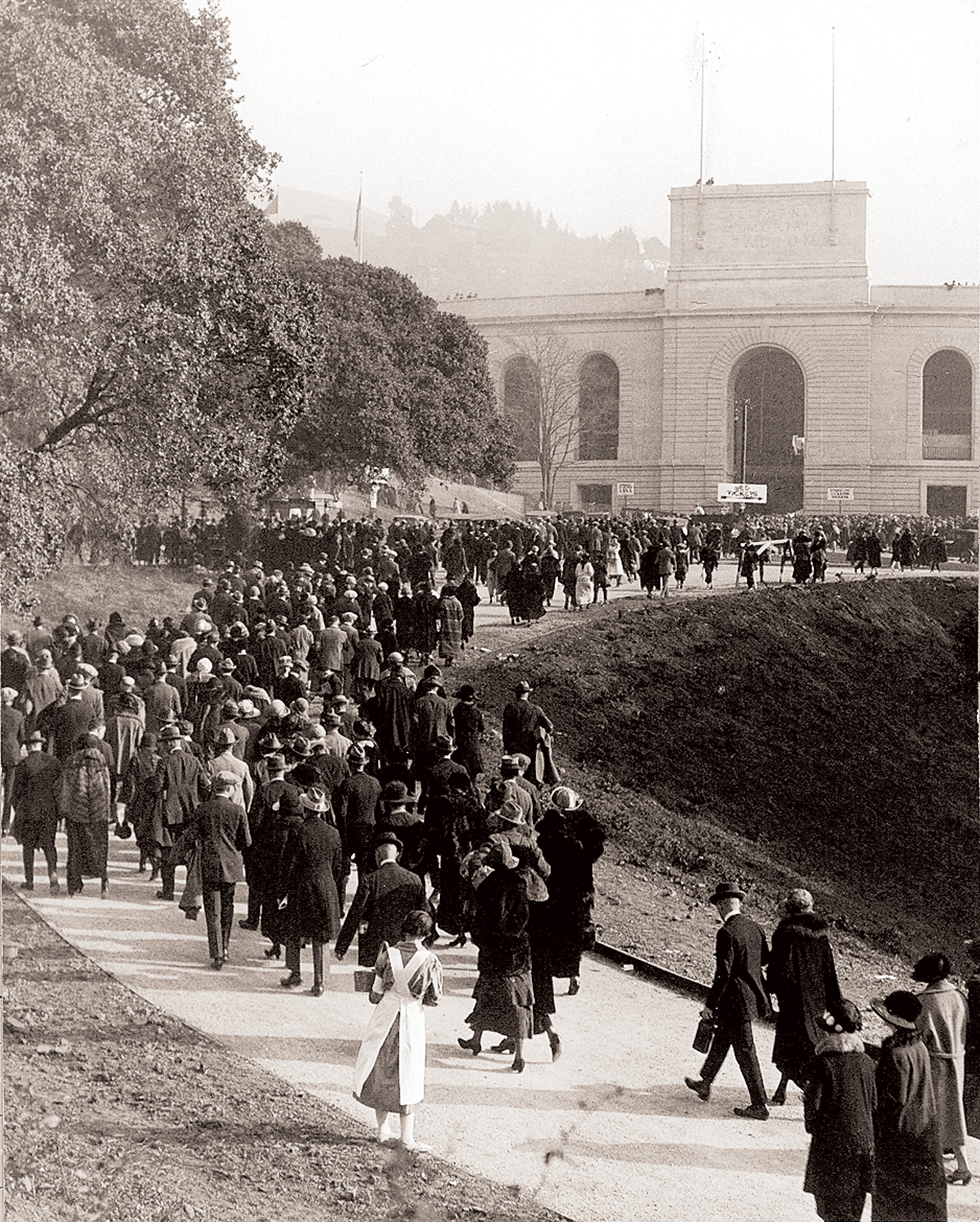
Opening day of the California Memorial Stadium
California Memorial Stadium, completed in 1923 and renovated in 2012, is dedicated to all Californians who have sacrificed their lives in service to the nation. Today’s fans may notice a jagged line in the turf, a humorous nod to the facility’s location above the Hayward Fault.
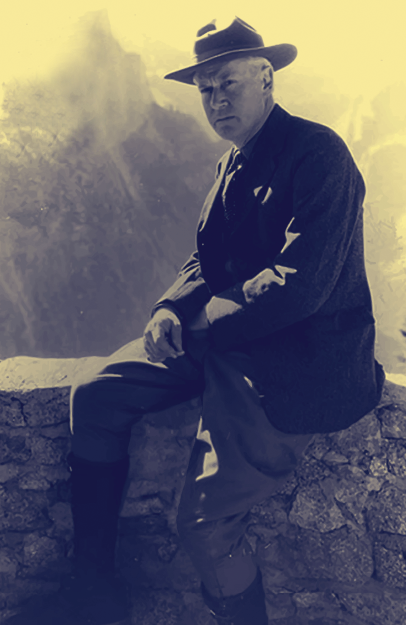
Stephen Mather
While some national parks had been established by the 19-teens, no entity oversaw their management and protection. Alumni Stephen Mather (left) and Horace Albright convened a conference at Cal of 75 scientists, politicians, and other stakeholders — paving the way for the establishment of the National Park Service in 1916. Besides delighting visitors, the parks also serve science. Many essential ideas of modern ecology were developed by Berkeley professors who used public lands as their laboratories.
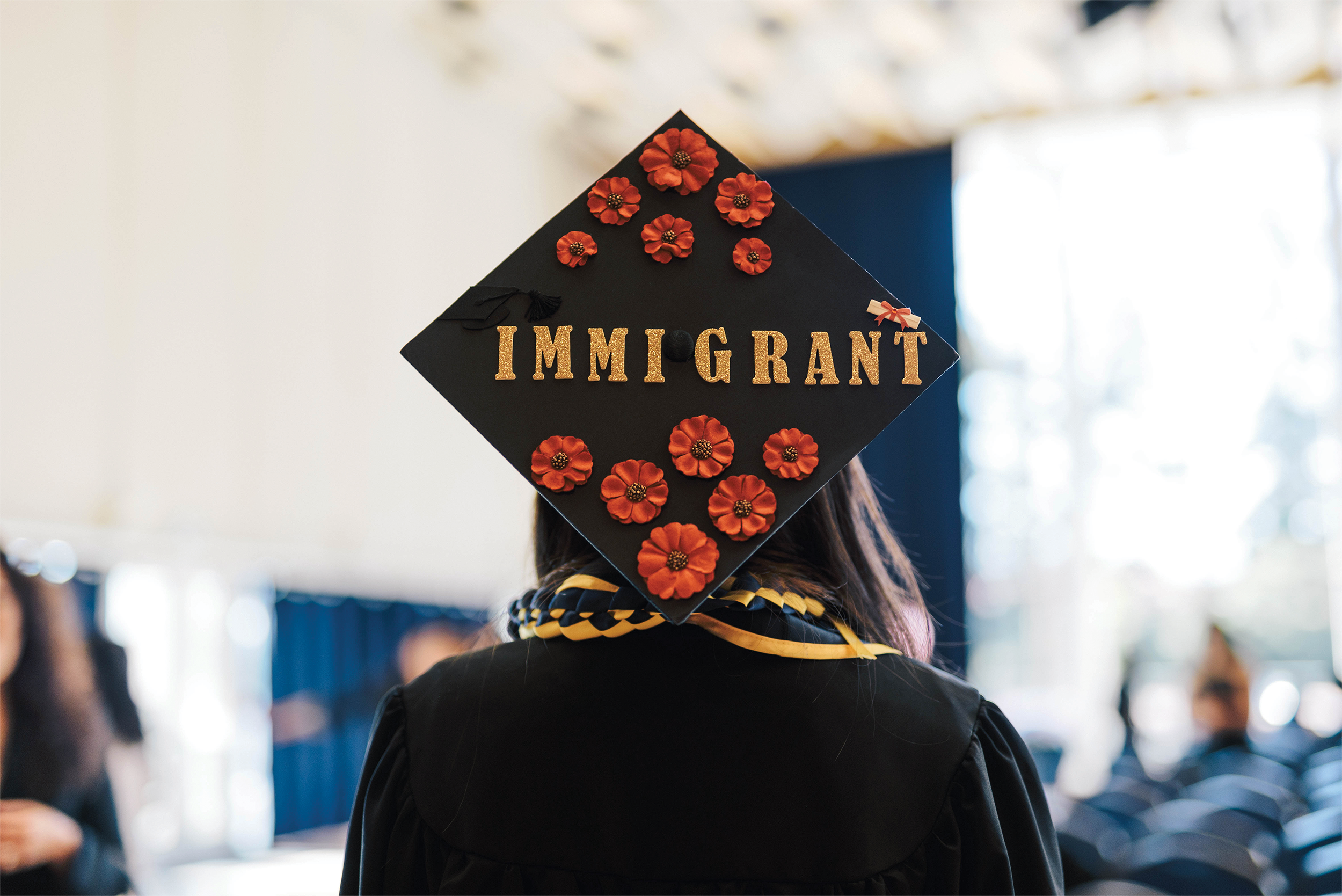
A graduating senior has proudly decorated her cap.
For many undocumented children, going to college seems like an impossible dream. Thanks in part to generous donor support, Berkeley led the country by launching the Undocumented Student Program in 2012. Already a national model, USP provides financial, academic, legal, and mental health support, as well as a safe community. Said one participant, “It doesn’t just think of you as a student. The program really captures that students are also human.”
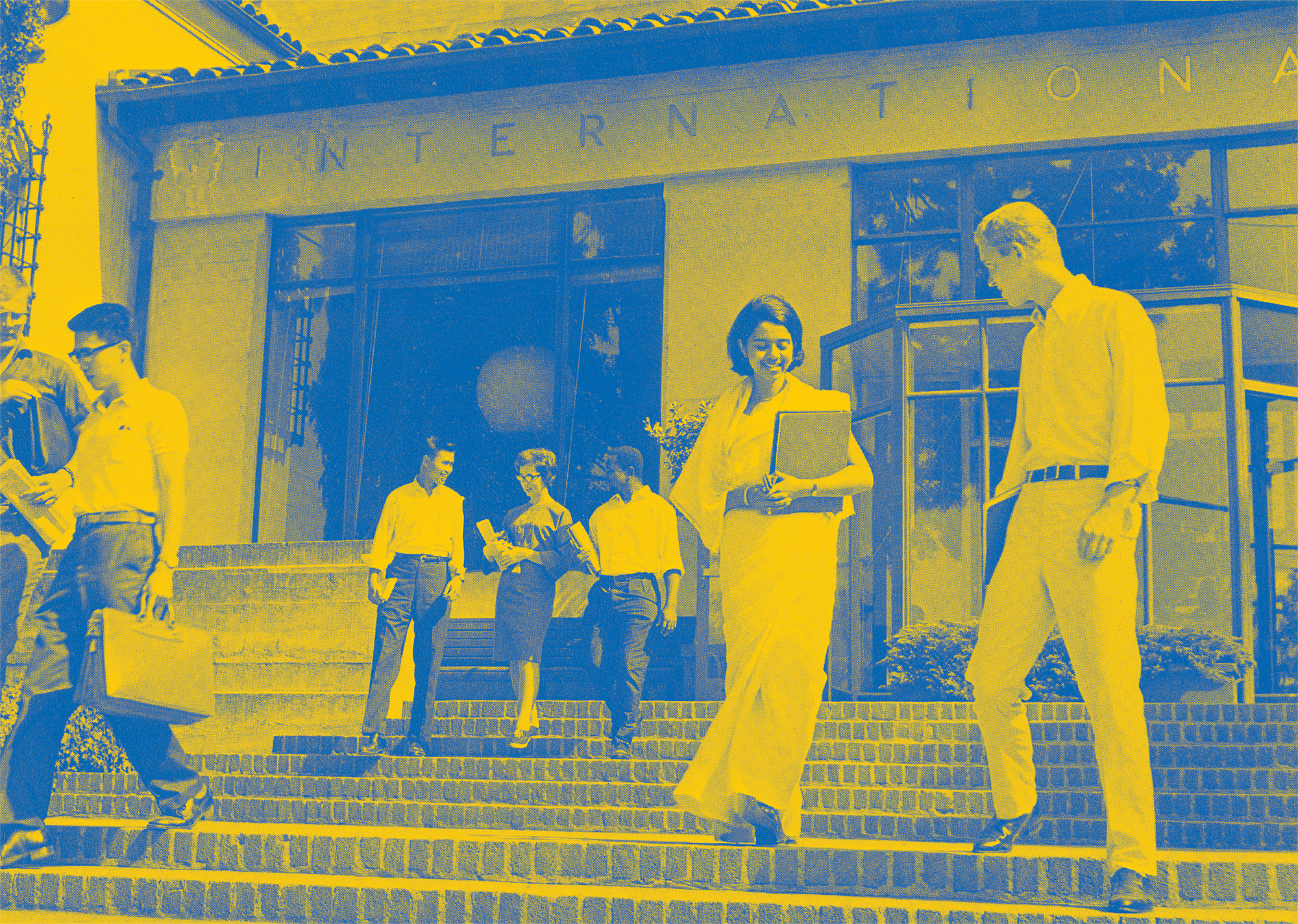
Students intermingle on the steps of I-House.
Since the Bay Area claimed a large number of foreign students, Harry Edmonds and John D. Rockefeller Jr., the visionaries behind the first International House in New York, chose Berkeley for their second location. But the local community resisted men and women living together and the integration of “whites” and people of color. I-House opened in 1930 — and remains relevant as we strive to understand each other’s cultures in today’s interdependent world.
"It has remained for me a brilliant moment when, as a friend put it, we were both moral and successful.” — Mario Savio, a leader of the Free Speech Movement. When administrators banned on-campus political activities in September 1964, student protests erupted and continued until the restrictions were removed in January. Berkeley’s student activism spread to other universities, fueling the antiwar movement and a new generation of citizens willing to fight for freedom.
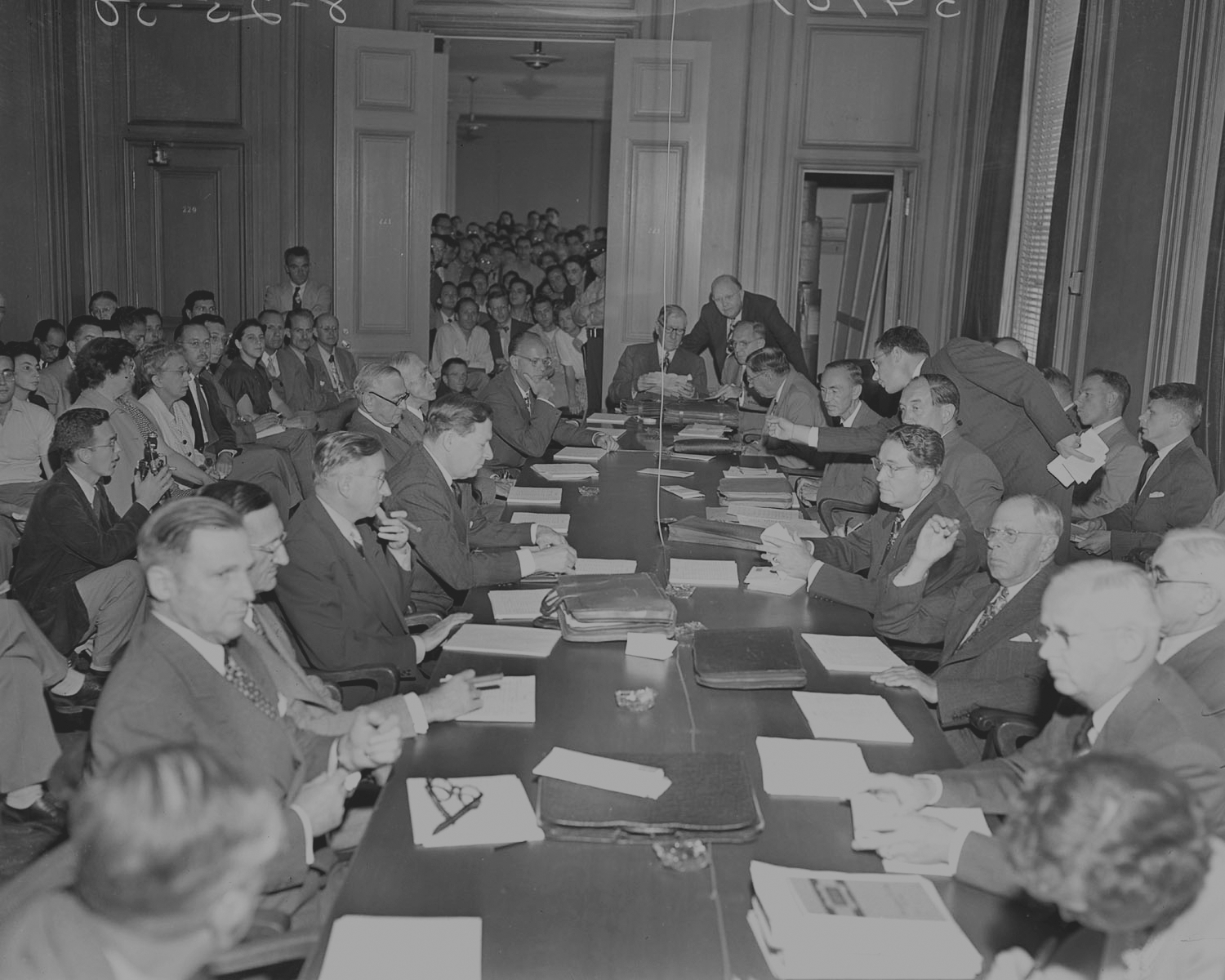
Faculty, staff, and administrators negotiate the loyalty oath.
In 1949, during the heat of the Cold War, the regents required all University of California employees to sign an anti-communist oath. Dispute erupted, and 31 faculty and scores of staff who refused to sign were fired. The state court struck down the loyalty oath in 1952 and ordered the rehiring of the professors. Raising issues around academic freedom and university governance, the controversy has had far-reaching effects on American higher education.
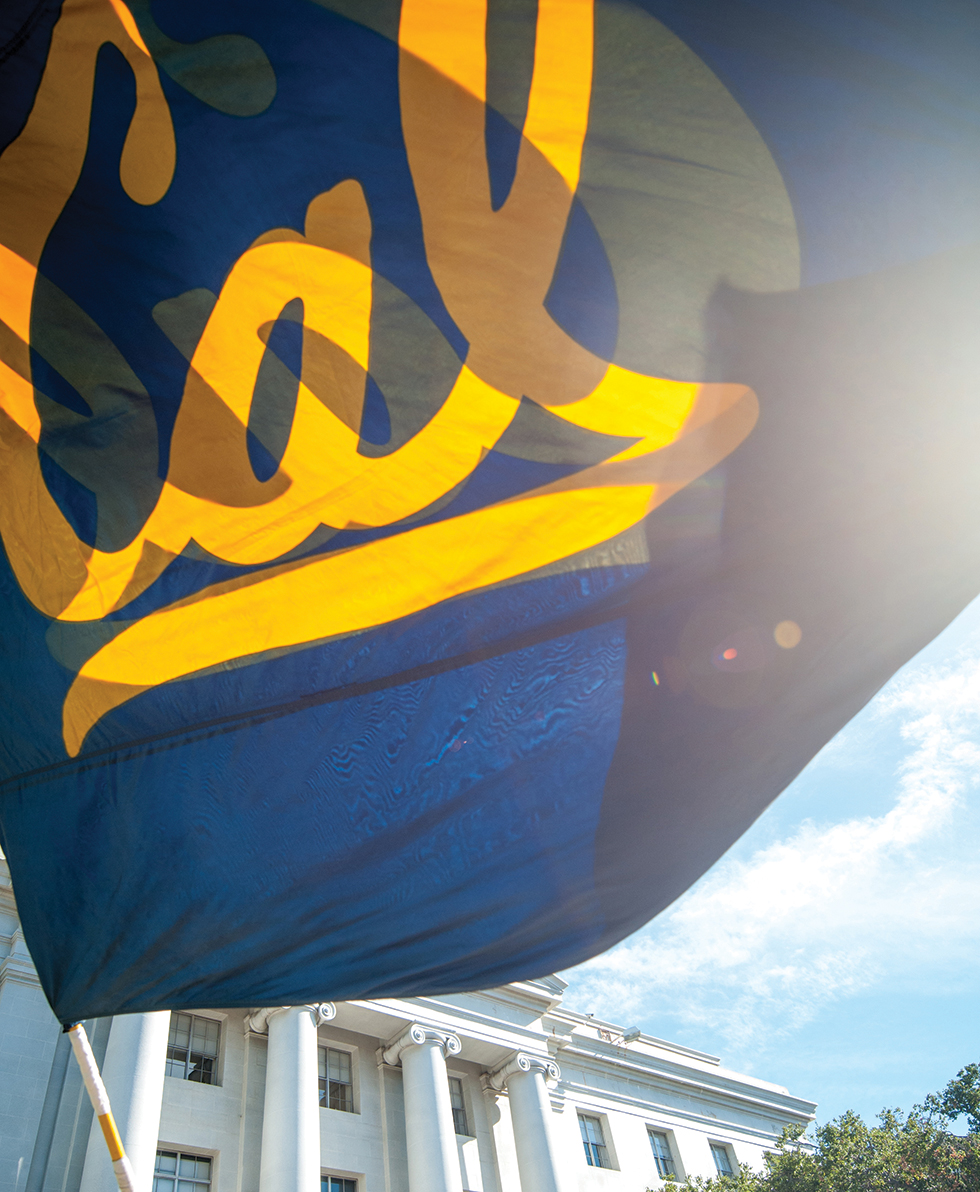
A Rally Committee flag, featuring the traditional Cal script.
A student committee chose Berkeley’s colors in 1873. Blue was considered because it reflected the sky and Yale, from which many early university leaders had graduated. Gold was favored because of California’s designation as the Golden State and the color of many native wildflowers.
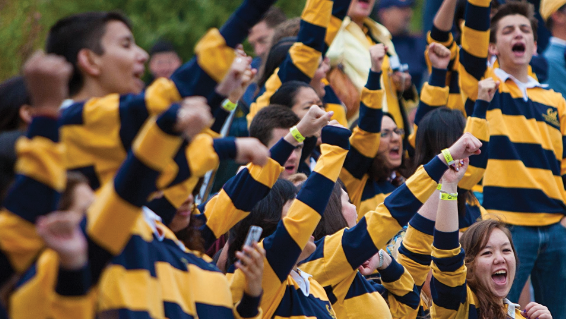
The Rally Committee
Donning bold striped shirts and an infectious energy, the Rally Committee, founded in 1901, is the official guardian of Cal spirit and traditions. In 1914, the students invented the card stunt, which has become increasingly elaborate over time and far surpassed our campus borders.
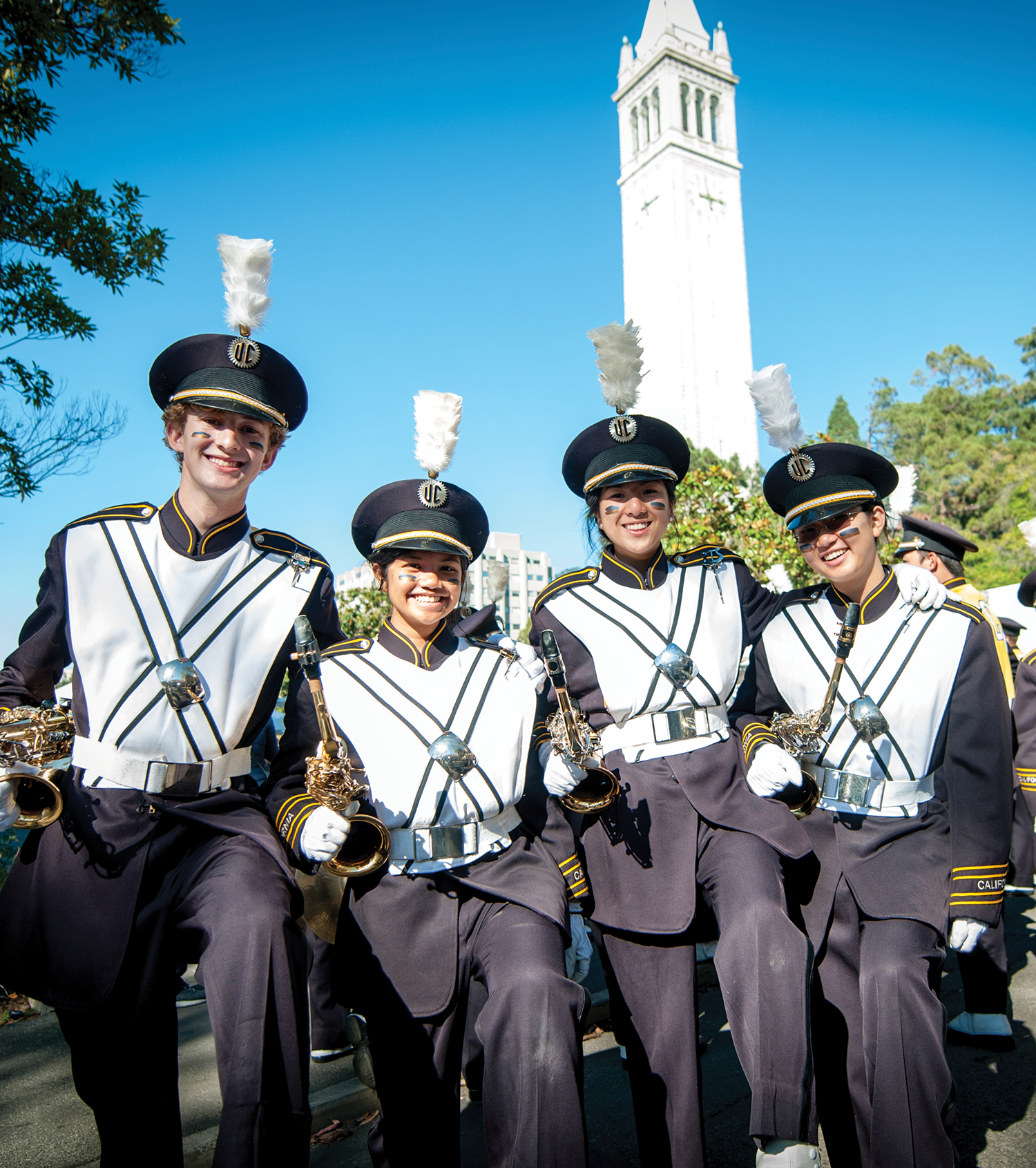
Members of the Cal Band
“My heart skips a beat every time I hear the Cal Marching Band strike up ‘Our sturdy Golden Bear,’” said Walter A. Haas Jr. ’39, a great Cal benefactor. He’s not alone in this sentiment. The band, founded in 1891, dazzles Cal athletes and fans with its exciting repertoire and impressive high-step style and formations. Women were admitted in 1973.
Hail to California, alma mater dear; Sing the joyful chorus, sound it far and near Rallying round her banner, we will never fail; California, alma mater — Hail! Hail! Hail! — “Hail to California,” composed by Clinton R. “Brick” Morse in 1896
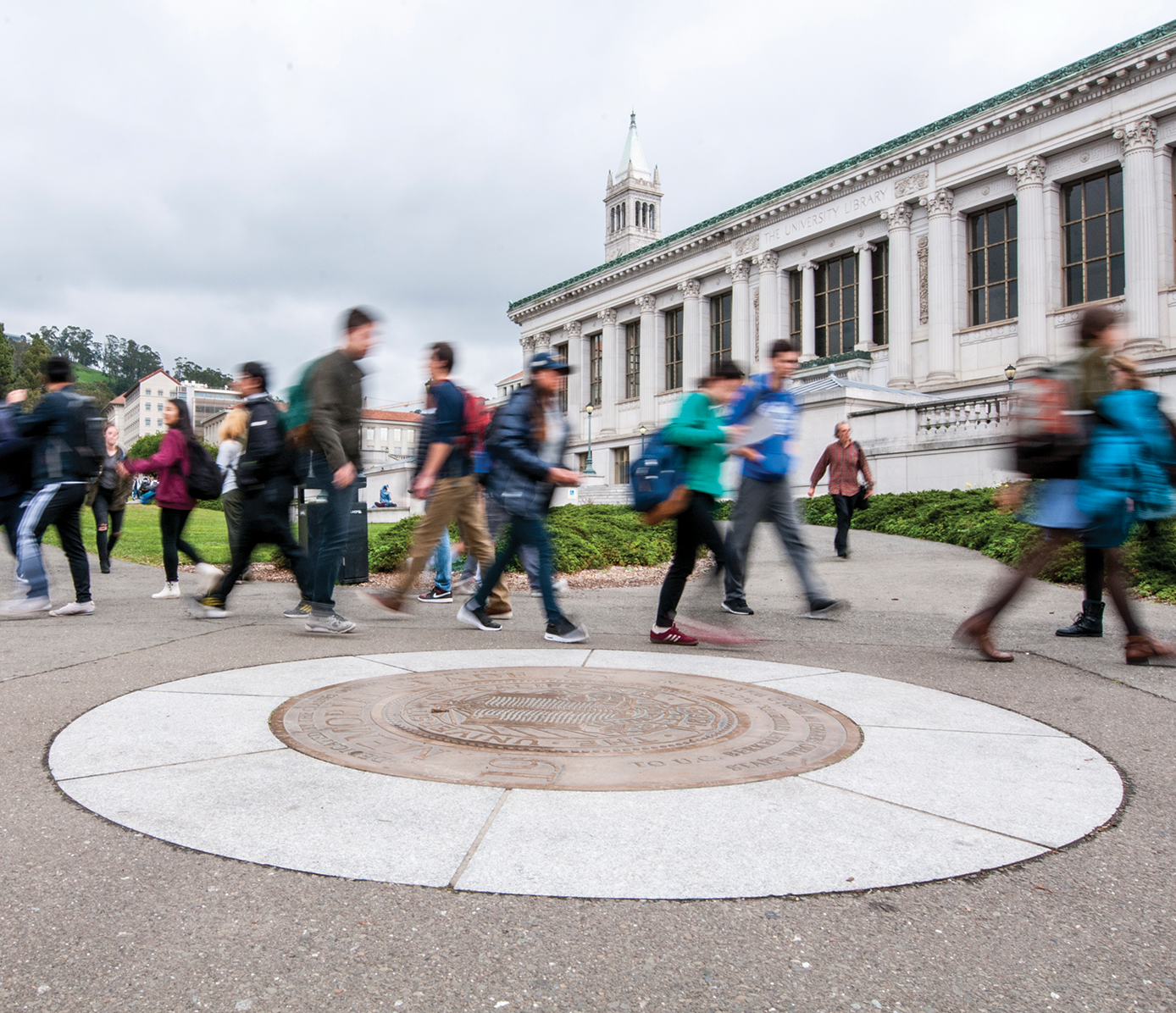
Students avoid stepping on the seal in Memorial Glade.
Donated by the War Classes (’45, ’46, ’47, and War ’47), the university seals surrounding Memorial Glade are considered sacred ground. Stepping on one may jeopardize a 4.0. To counter the myth, students often roll down 4.0 Hill or rub the stone sphere by the Campanile for good luck.
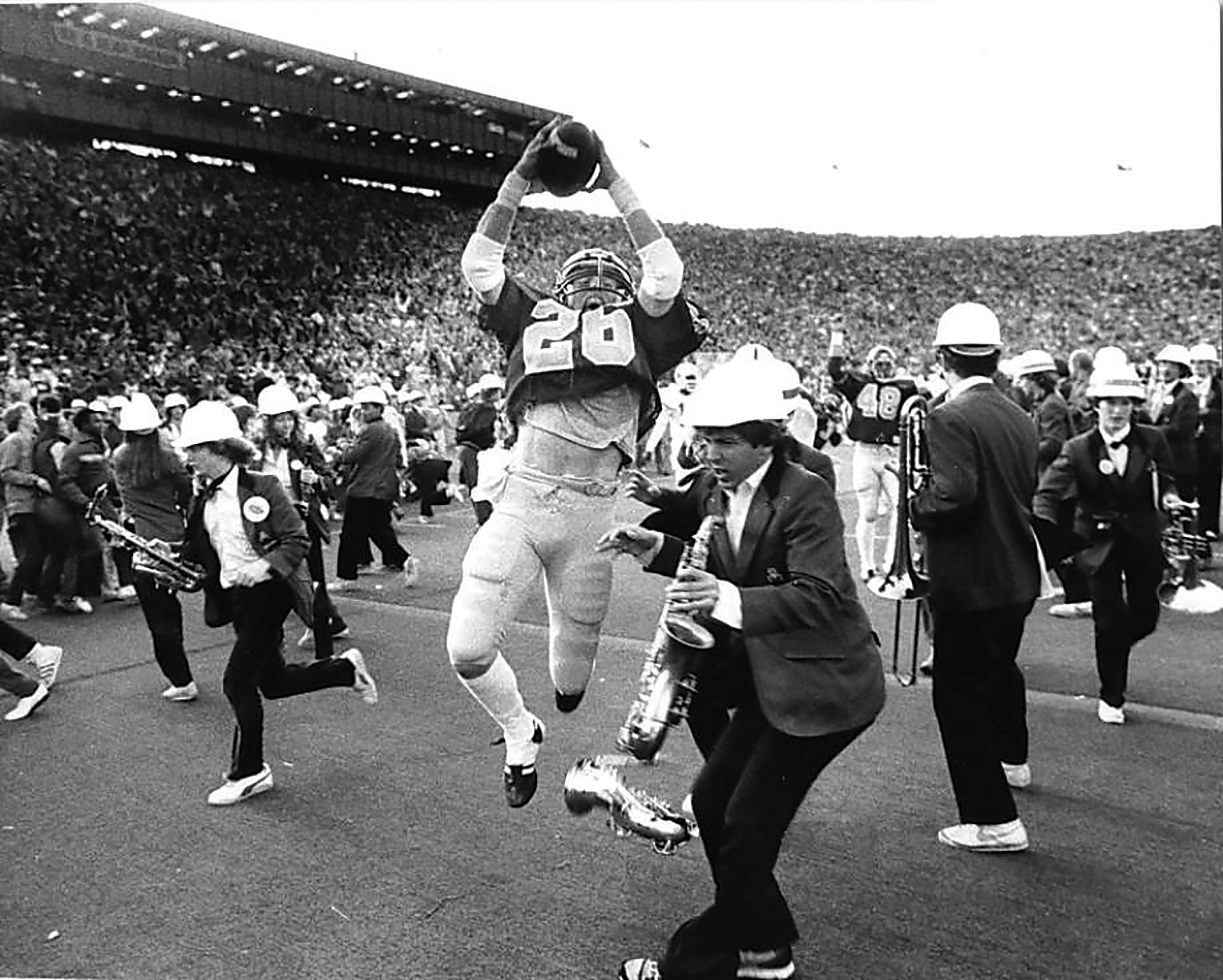
“The Play”
Big Game, the age-old, fierce football rivalry between the Golden Bears and Stanford Cardinal, has spawned numerous traditions, including a cable car rally in San Francisco, a call to give up your red shirts and canned goods (which get donated to charity), and the grand bonfire rally. No other moment stands out like “The Play,” the last four seconds of the Bears’ 1982 victory involving four Cal players, five lateral passes, and a felled trombone player. Announcer Joe Starkey hailed it as “the most amazing, sensational, dramatic, heart rending, exciting, thrilling finish in the history of college football!”
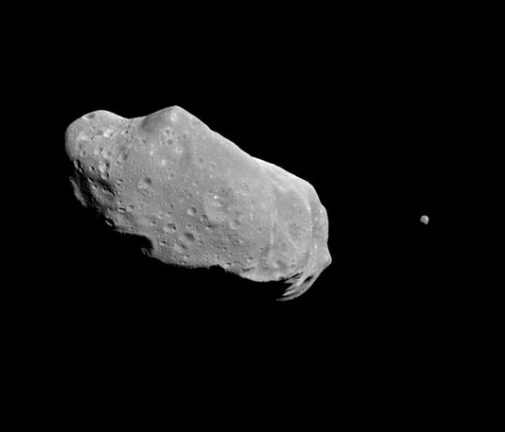
Asteroid, courtesy of NASA
In 1980, Berkeley faculty father and son Luis and Walter Alvarez compiled the scientific case for a controversial idea — that an asteroid struck Earth 65 million years ago, triggering a mass extinction and the demise of dinosaurs.
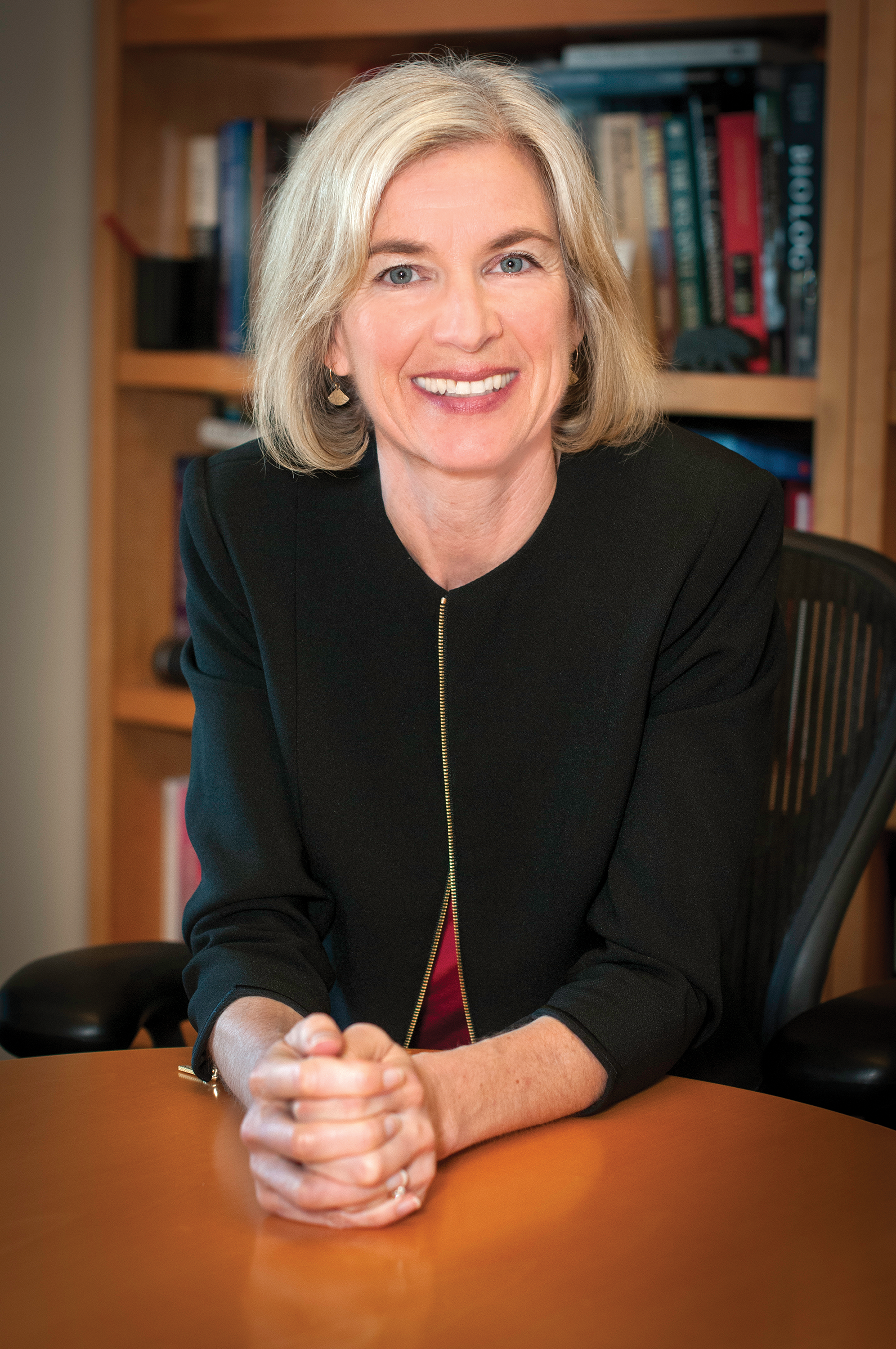
Jennifer Doudna
In 2012, Jennifer Doudna co-invented CRISPR-Cas9, a precise tool for the targeted editing of genes, including those that cause human and crop diseases. CRISPR was faster, easier, and cheaper than previous methods — and has catalyzed new industries and countless experiments in labs worldwide.

UNIX
In 1977, Bob Fabry and his student Bill Joy created Berkeley Software Distribution, a modified version of UNIX, and invited hackers to improve it — helping spawn open-source software. Joy later co-founded Sun Microsystems.
"You are an explorer. Really, science is exploring. You look for new things, you look at new things, and you never know just what you’re going to find.” — Physicist Charles Townes, whose research on light led to the invention of the laser and a Nobel Prize
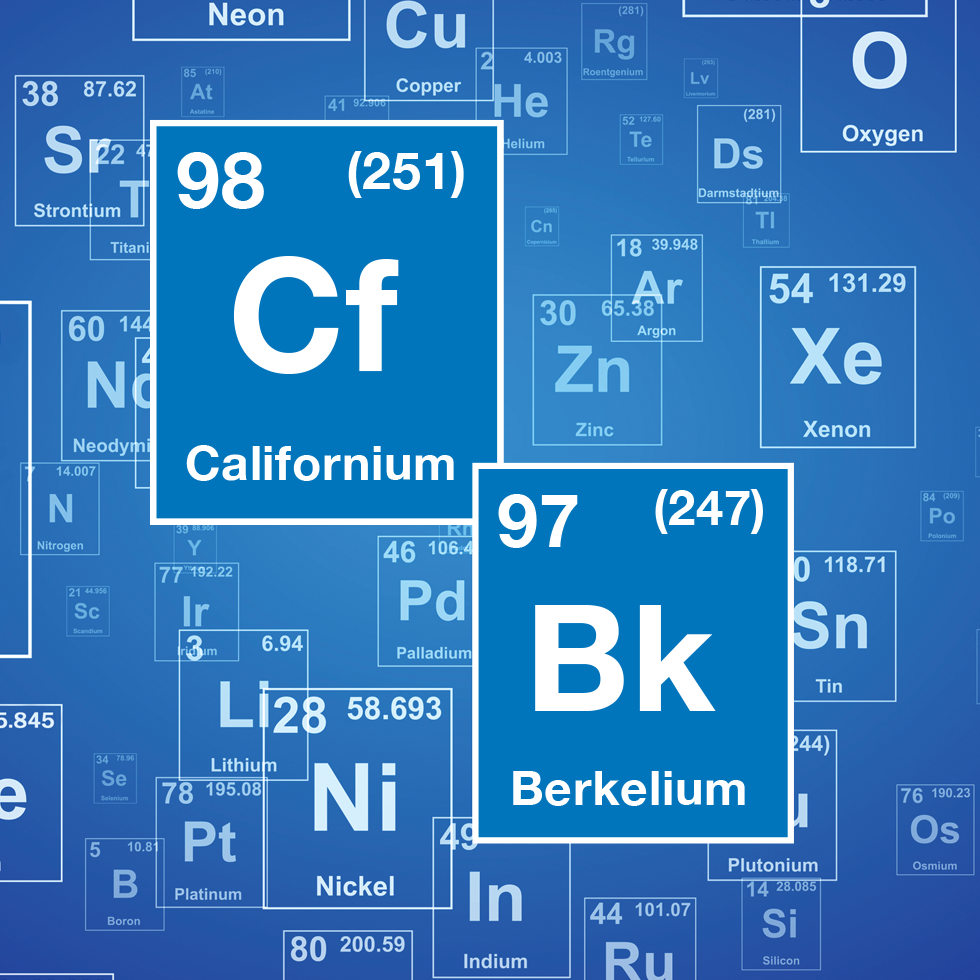
A graphic periodic table highlighting two elements discovered at Berkeley.
In 1942, Glenn Seaborg discovered radioactive plutonium, one of 16 chemical elements — including berkelium and californium — added to the periodic table by Berkeley and Lawrence Berkeley Lab scientists.
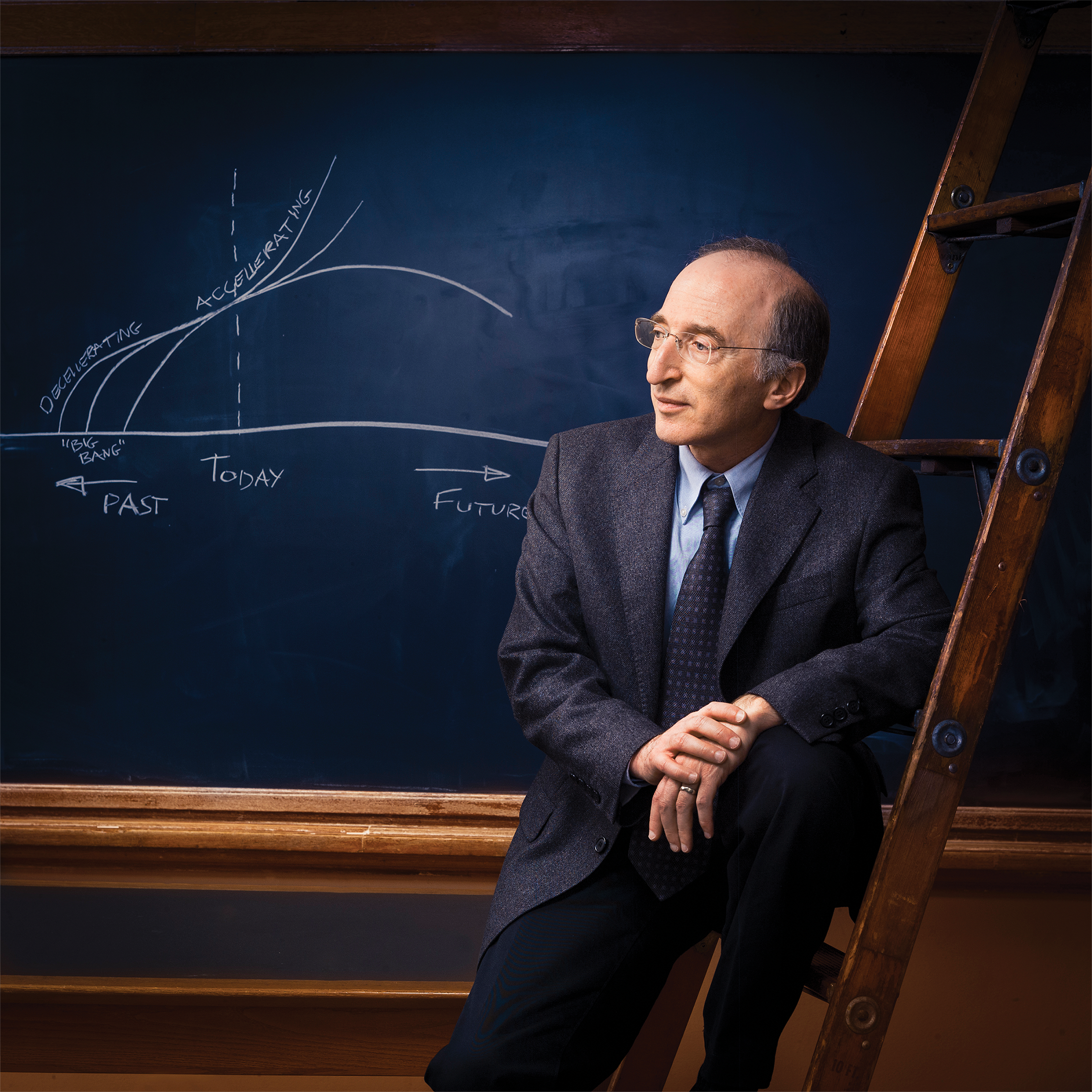
Saul Perlmutter
In 1998, Saul Perlmutter led a team that determined the accelerating expansion of the universe — and the possible existence of dark energy. He was awarded the 2011 Nobel Prize in Physics.
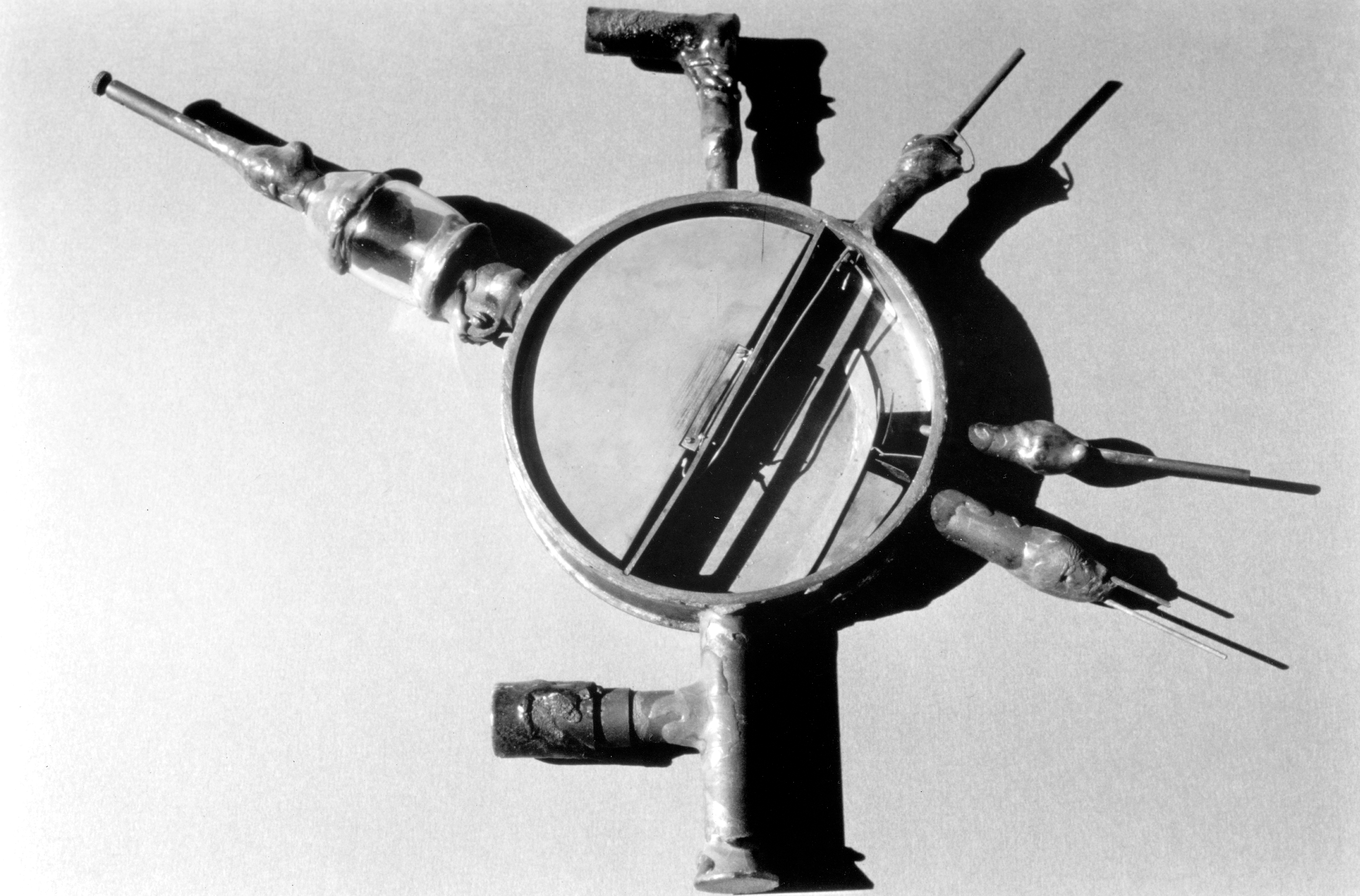
Cyclotron
In 1939, Ernest Lawrence became Berkeley’s first Nobelist — the first at any public university — for the cyclotron, an experimental device to accelerate nuclear particles. Since then, our faculty have garnered another 21 Nobel Prizes.


